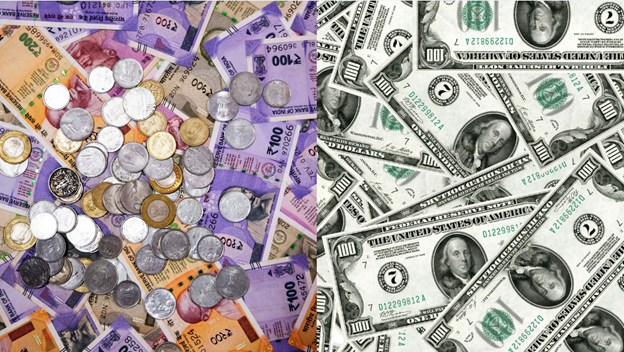The Indian rupee remained steady against the U.S. dollar on Monday, even as persistent foreign outflows weighed on investor sentiment. The currency held near recent levels as traders balanced global risk factors with domestic economic indicators.
Despite pressure from foreign institutional investor (FII) outflows, support from the Reserve Bank of India’s intervention and stable crude oil prices helped keep volatility in check. Market participants remained cautious amid concerns over global growth and monetary policy shifts in major economies.
The U.S. dollar stayed resilient, benefiting from safe-haven demand and expectations of prolonged higher interest rates by the Federal Reserve. However, the rupee’s stability suggested that local demand for the dollar remained manageable, preventing excessive depreciation.
Investors are now closely watching upcoming economic data and central bank commentary, which could provide further direction for the USD/INR pair. Any signs of renewed capital inflows or policy adjustments could shift the rupee’s trajectory in the near term.
Additionally, geopolitical tensions and shifting trade policies have created an uncertain global landscape, influencing currency movements. Emerging markets, including India, remain vulnerable to external shocks, making central bank actions critical in managing volatility.
With corporate earnings season approaching, market sentiment could see further shifts depending on domestic economic performance. Strong results from key sectors could help offset external pressures, while weaker-than-expected data may add to the rupee’s vulnerability.













